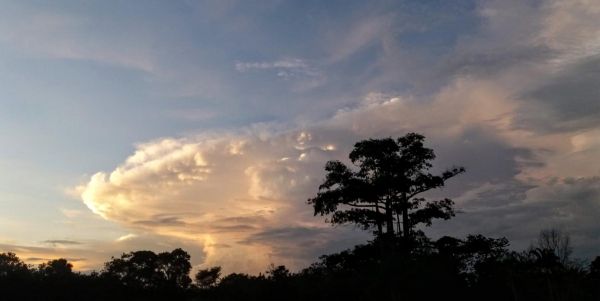The frequency of thunderstorms in some fast-growing African coastal cities has doubled over the past 30 years, with much of this increase linked to the impact of deforestation on the local climate, a study has found.
It is widely known that removal of vegetation increases rainwater runoff and the risk of mudslides, which happened in Sierra Leone’s capital, Freetown, in August 2017 when 1,100 people died. But research led by the UK Centre for Ecology & Hydrology (UKCEH) has now revealed that more frequent storm activity in coastal areas is a second, previously unrecognised, way in which deforestation can increase flooding.
The study analysed three decades of satellite data in southern West Africa to establish how weather patterns had been altered as a result of deforestation, through changes in heating and moistening of the atmosphere.
The researchers found the removal of large areas of woodland had greatly exacerbated the effects of global warming in coastal areas of the region, which includes Guinea, Sierra Leone, Liberia, Ivory Coast, Ghana and Nigeria. In deforested areas, the frequency of storms has doubled since 1991, while the increase in forested areas has been around 40 per cent.
The deforested land had been turned over to use for agriculture and fuel for cooking to support nearby growing populations but the storms and resulting rainfall affect urban as well as rural areas.
Read more at: UK Centre for Ecology & Hydrology
Storm over Yamoussoukro, Ivory Coast (Photo Credit: Cornelia Klein)


